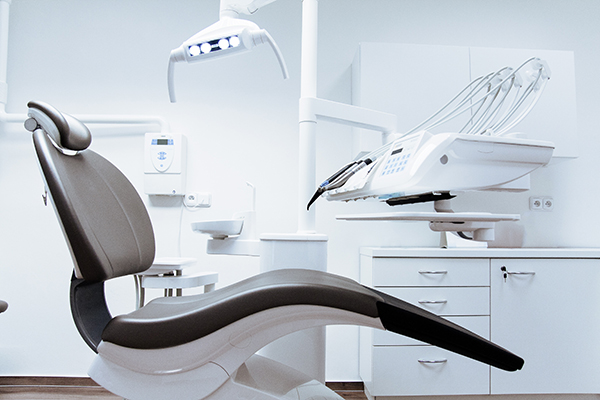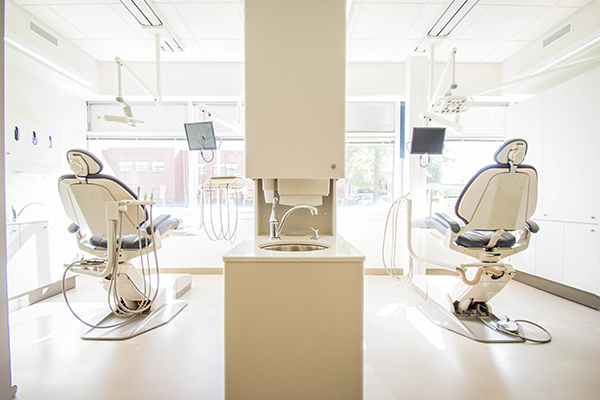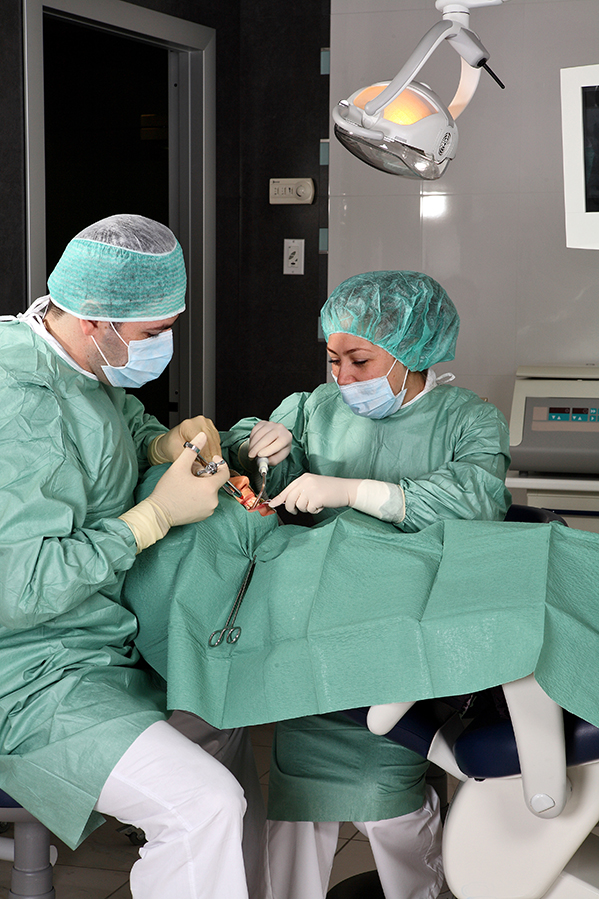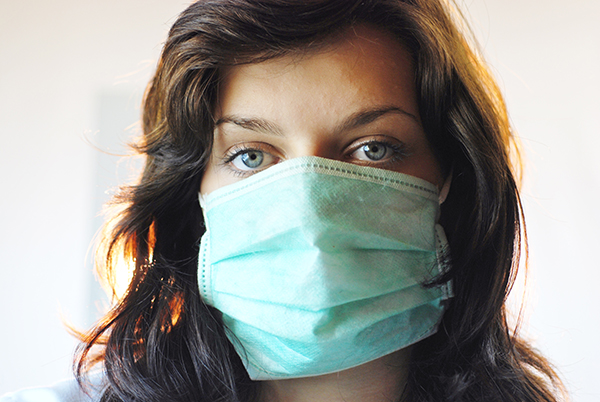The practice of dentistry comes with a whole host of occupational hazards. Most recently, idiopathic pulmonary fibrosis, a fatal lung disease, has been identified as a new safety risk to watch out for. Generally, occupational dentistry hazards fall into the following categories: risk of exposure to chemicals and noxious substances; risk of physical injury; and risk of infection and disease transmission. Dental safety issues of any kind are largely preventable and can be minimised with the right precautions. It’s important that all dental staff are aware of common occupational risks, and follow correct healthy and safety policies and infection control and prevention guidelines.






